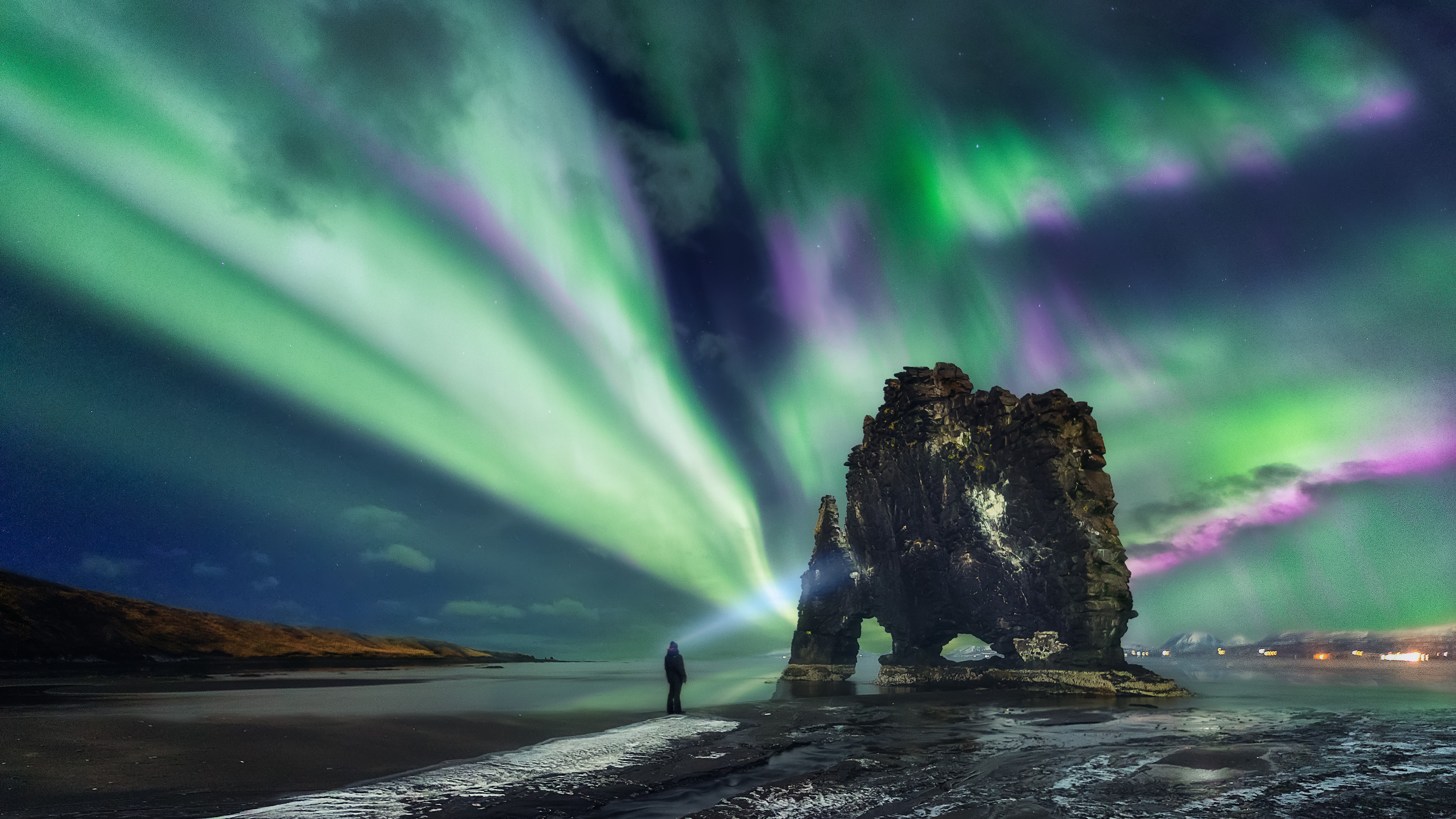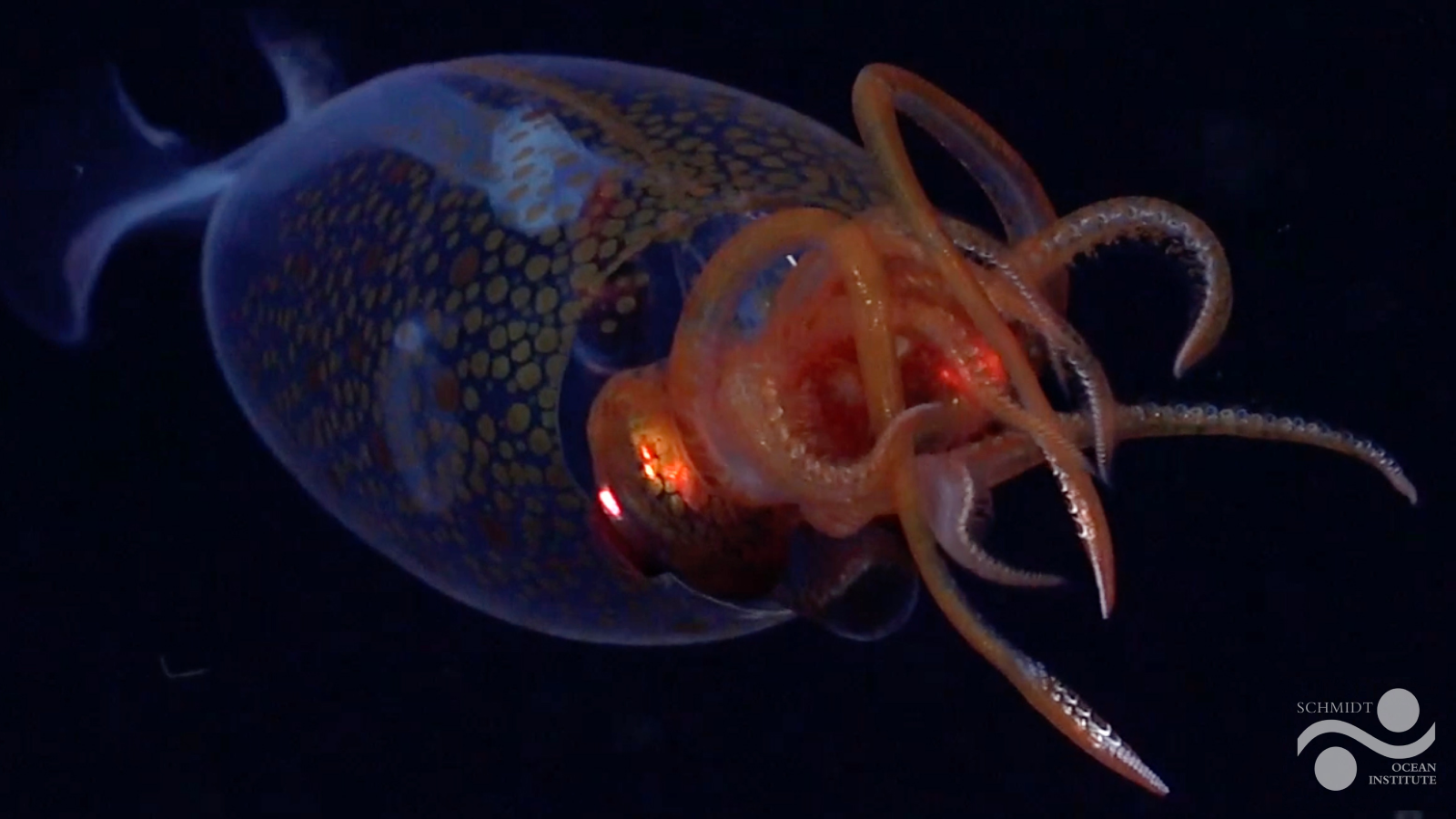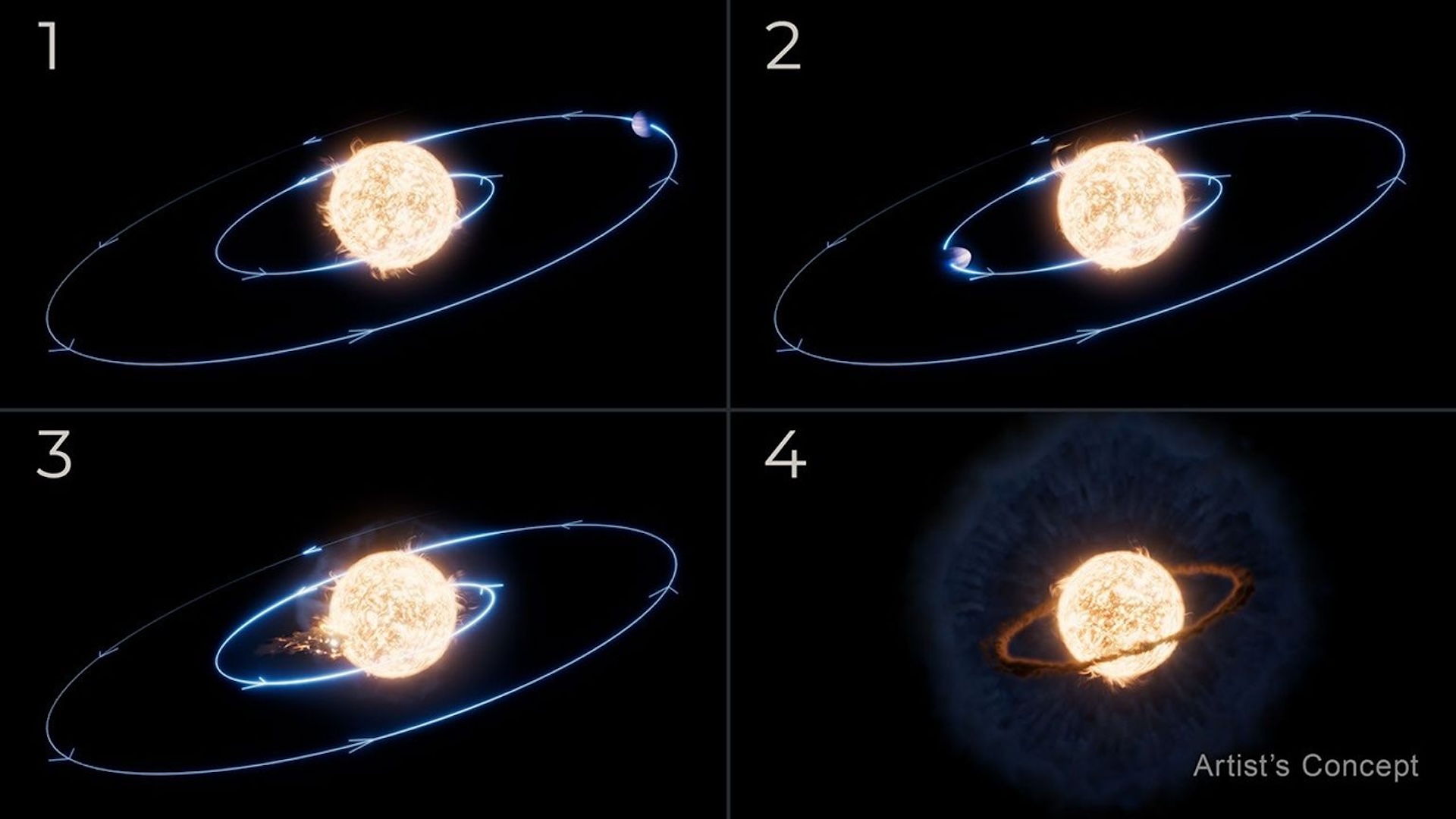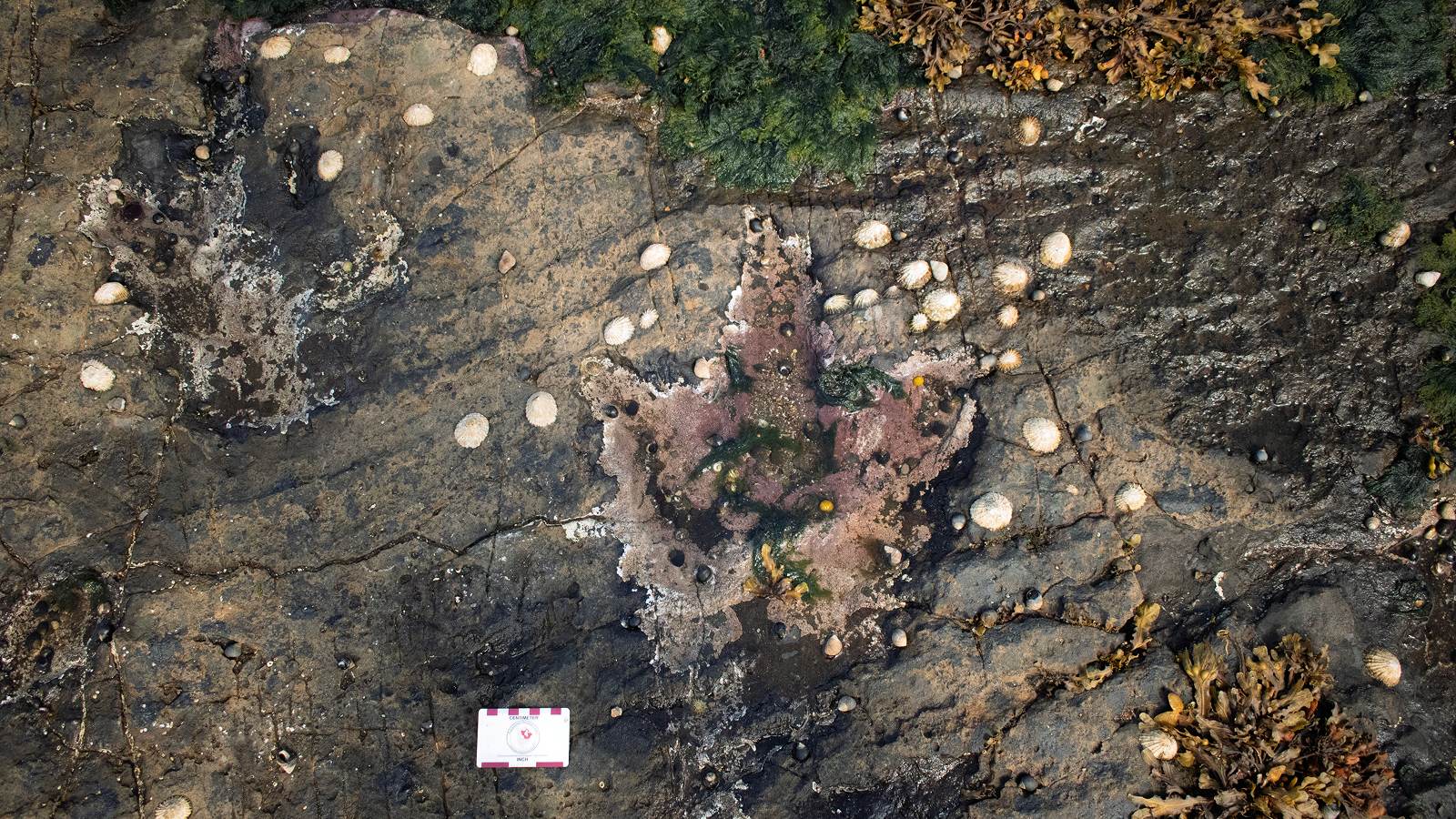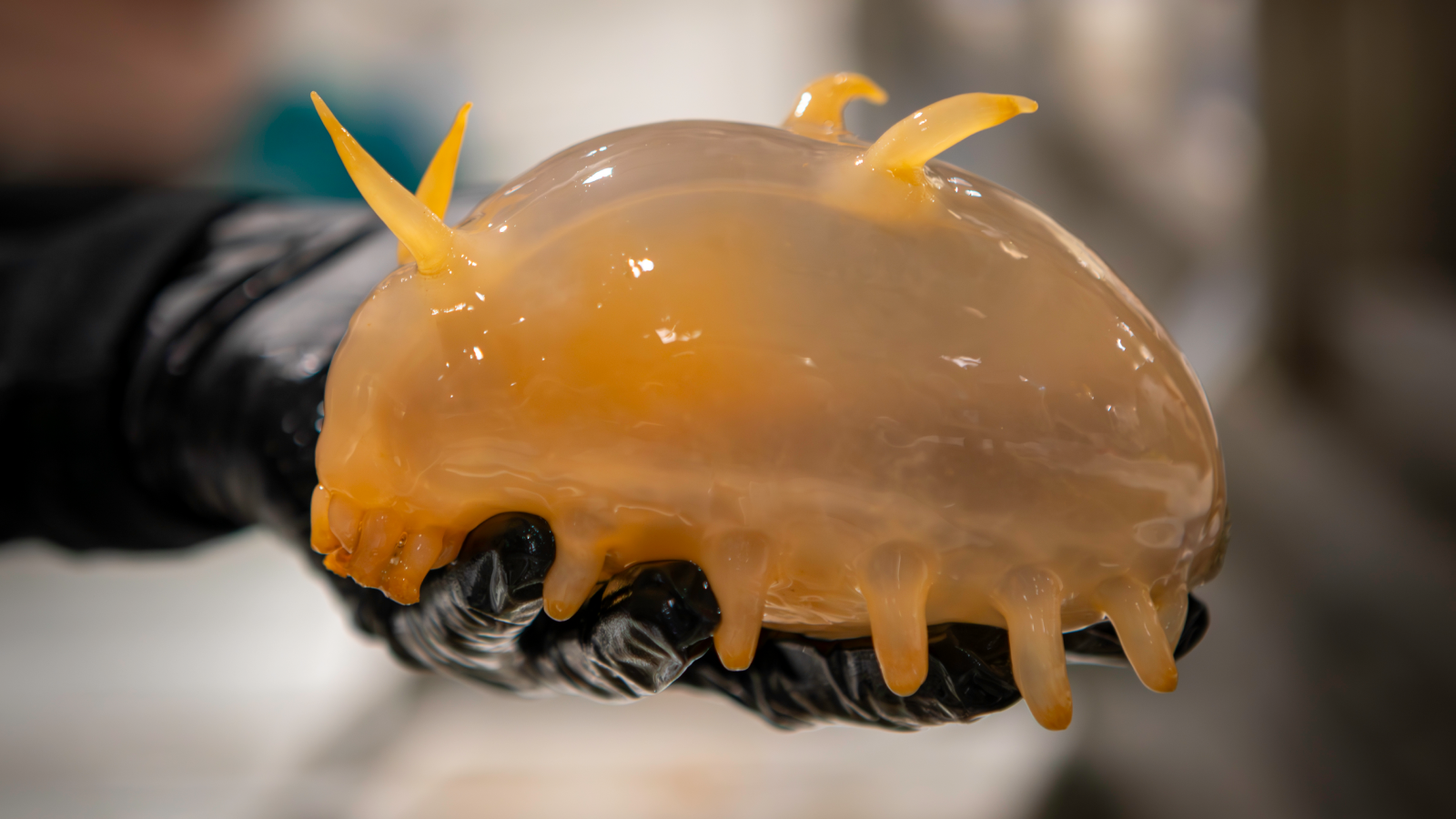Scientists peered into a secret Antarctic lake hidden beneath the ice — and uncovered a never-before-seen ecosystem
Scientists investigating the frozen Lake Enigma in Antarctica discovered an ecosystem teeming with strange microbial communities.
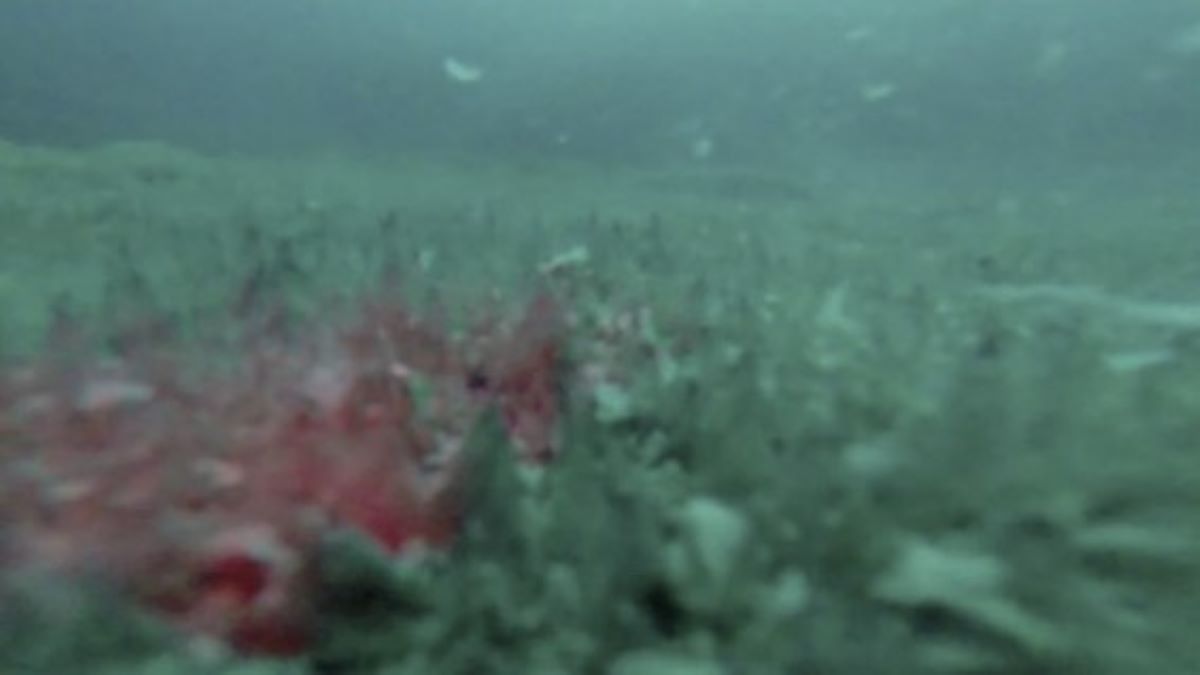
Antarctica's Lake Enigma certainly lives up to its name. The permanently ice-covered lake, named for the peculiar cone of debris at its center, was until recently thought to be frozen solid. But scientists have discovered a layer of fresh water hidden beneath the ice-covered surface — and it's populated by a diverse cast of microorganisms.
During an expedition to Antarctica from November 2019 to January 2020, researchers surveyed the lake with ground-penetrating radar and detected at least 40 feet (12 meters) of liquid water under the ice. The researchers then drilled into the ice and sent a camera to explore the lake's depths.
The team first tested the water to determine where it came from. This was important to establish because the area has low precipitation, high winds and intense solar evaporation, so any water in Lake Enigma should have dried up long ago.
Based on the chemical composition of salts in the water, the researchers hypothesized that the lake's water is consistently replenished by the nearby Amorphous Glacier through an unknown underground pathway.
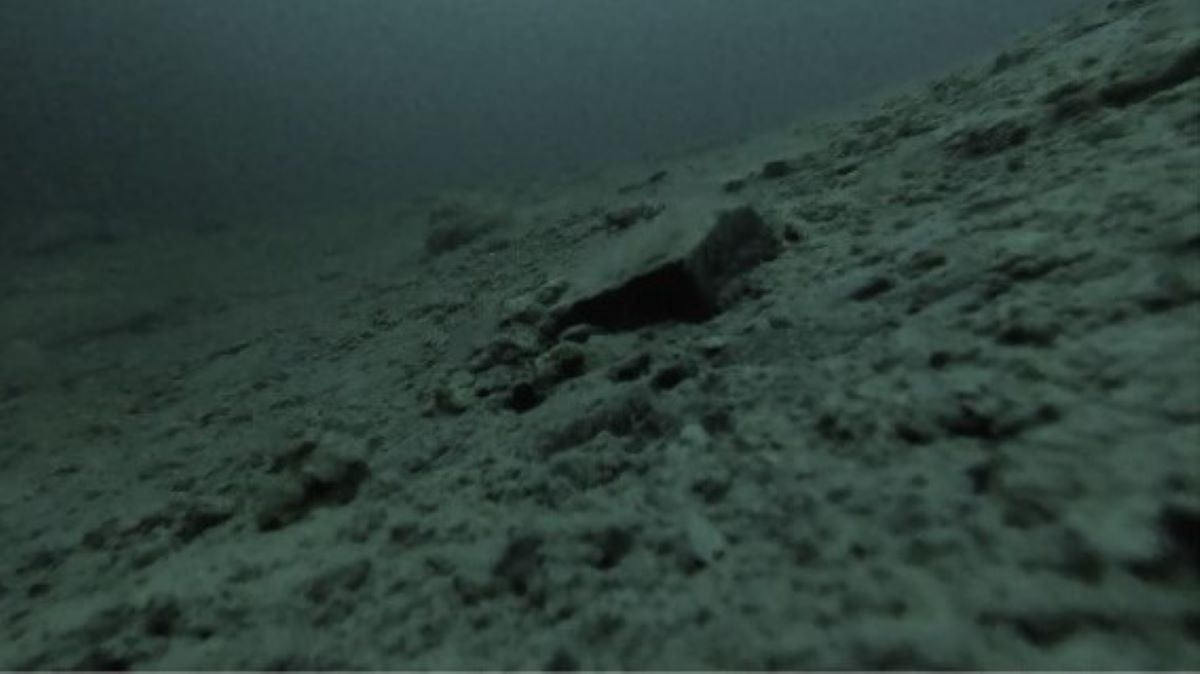
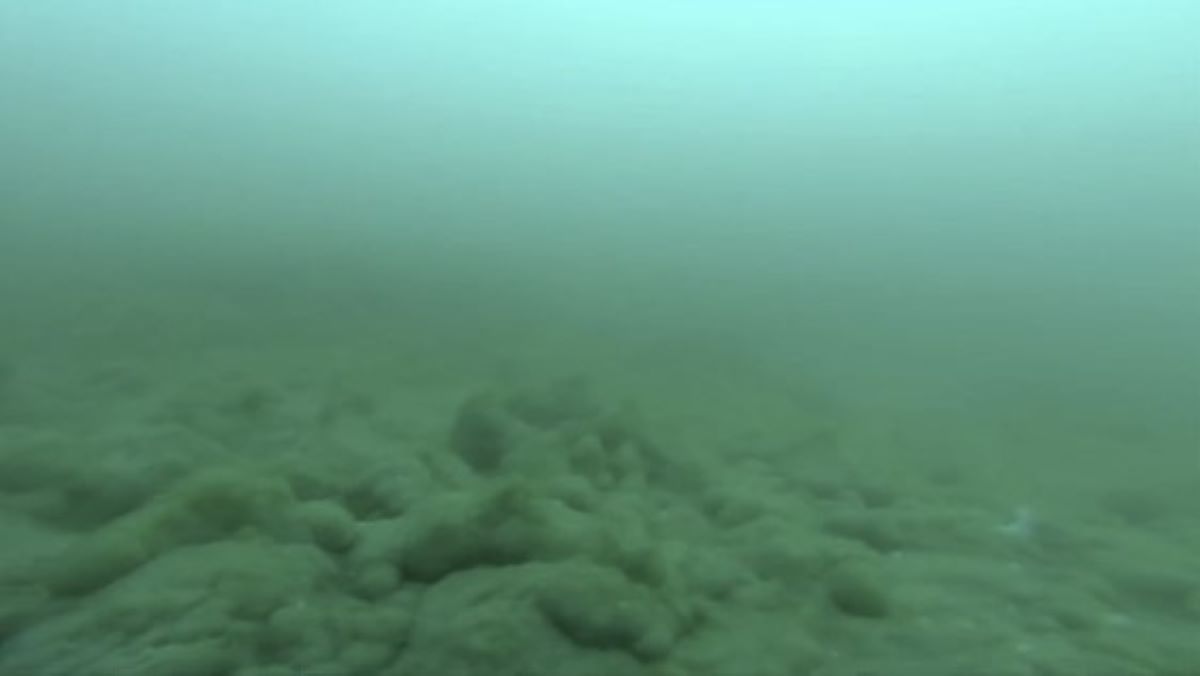
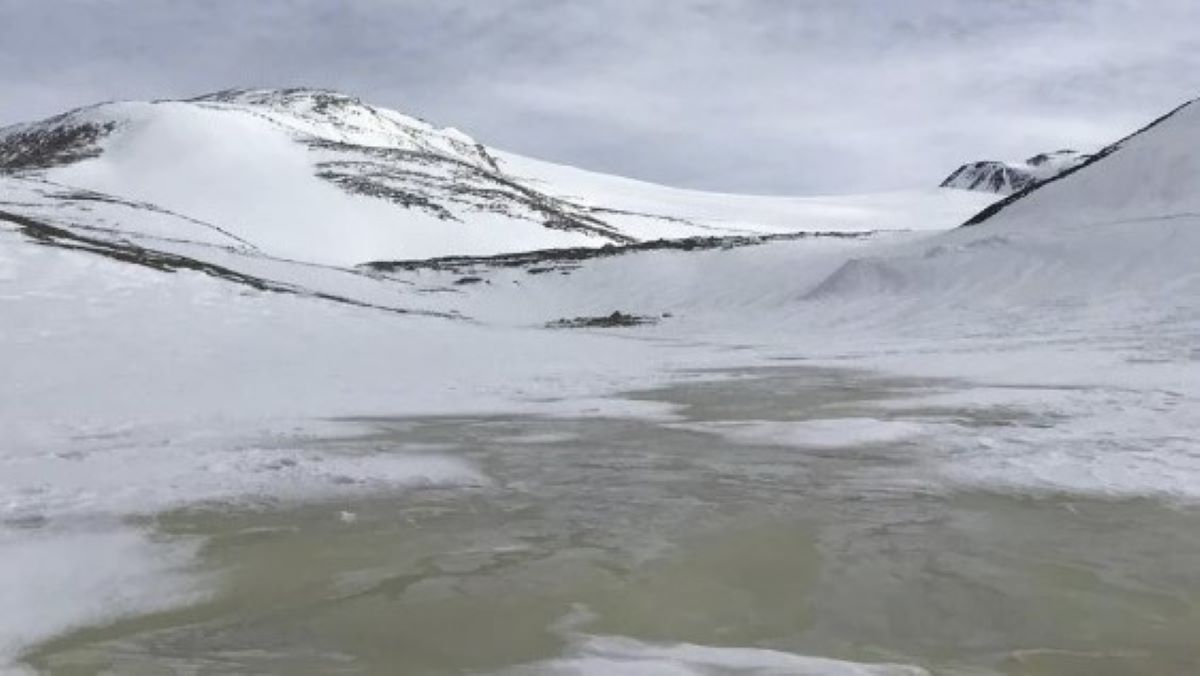
Hidden ecosystem beneath Antarctic ice
The scientists found that, despite being isolated from the atmosphere, the waters of Lake Enigma are home to several kinds of microbial life, which cover the bottom of the lake in blobs known as microbial mats. Many of these organisms are photosynthetic, giving the lake a high concentration of dissolved oxygen.
Some of the mats formed thin, spiky coatings on the lakebed. Others resembled "a crumpled thick carpet, sometimes forming large amorphous tree-like structures up to 40 cm [centimeters, or 16 inches] high and up to 50 to 60 cm [20 to 24 inches] in diameter," the researchers wrote in the study, published Dec. 3 in the journal Communications Earth and Environment.
The microbial residents included several species of Patescibacteria — tiny, single-celled organisms that attach themselves to larger host cells to form either mutually beneficial or predatory relationships. These organisms had never before been found in ice-covered lakes and don't normally thrive in high-oxygen conditions, suggesting that these Patescibacteria may have developed unique metabolic tricks to survive.
Sign up for the Live Science daily newsletter now
Get the world’s most fascinating discoveries delivered straight to your inbox.
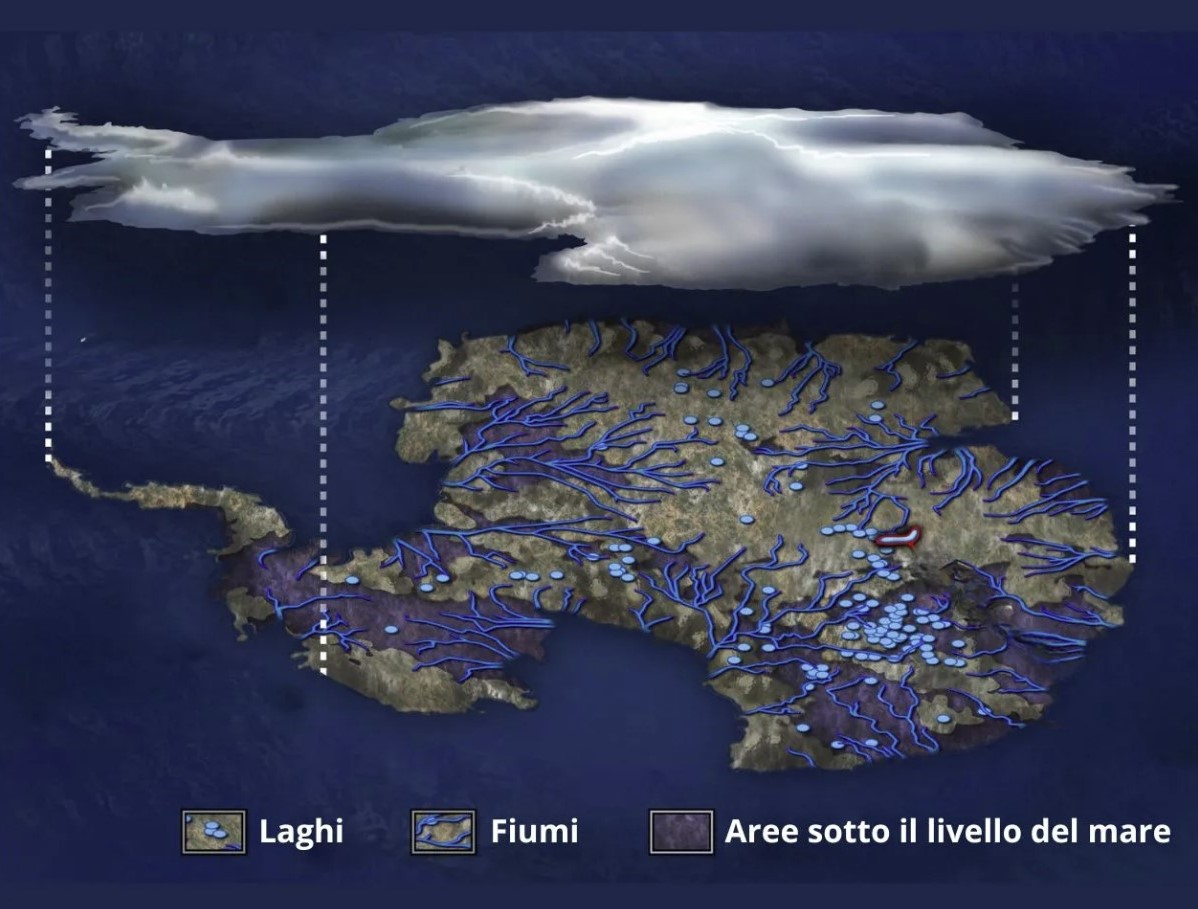
"This finding highlights the complexity and diversity of food webs in Antarctic permanently ice-covered lakes, with symbiotic and predatory lifestyles a possibility not previously recognized," the researchers wrote in the study.
Environments similar to Lake Enigma exist on icy moons like Europa or Enceladus. The lake's extreme ecosystem could therefore offer insights into conditions in places where microbial life might be found on other worlds, study co-author Stefano Urbini, a geophysicist at the National Institute of Geophysics and Volcanology in Italy, wrote in a translated statement.
Antarctica quiz

Skyler Ware is a freelance science journalist covering chemistry, biology, paleontology and Earth science. She was a 2023 AAAS Mass Media Science and Engineering Fellow at Science News. Her work has also appeared in Science News Explores, ZME Science and Chembites, among others. Skyler has a Ph.D. in chemistry from Caltech.

